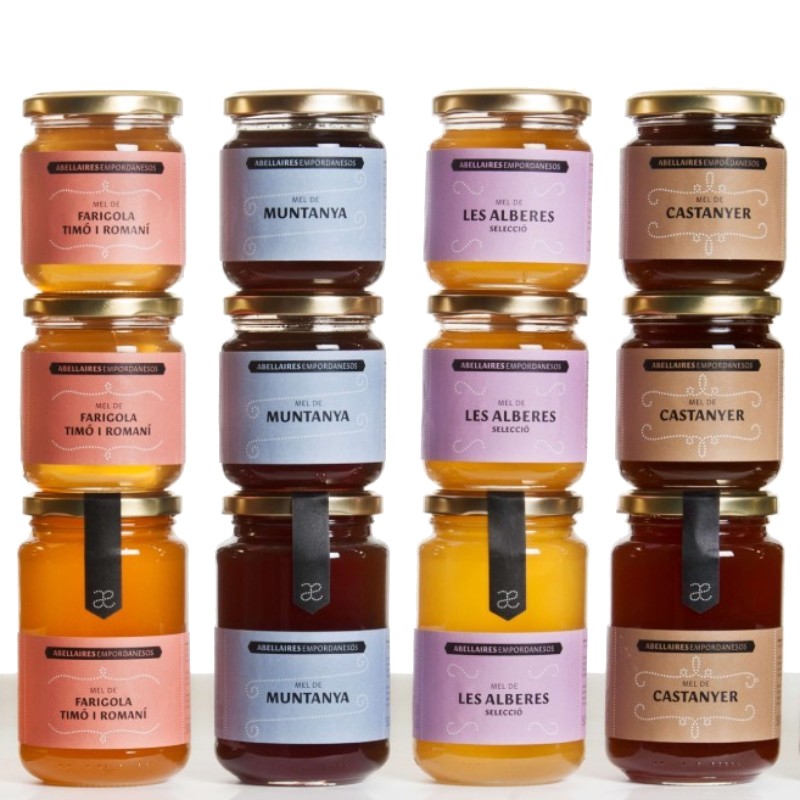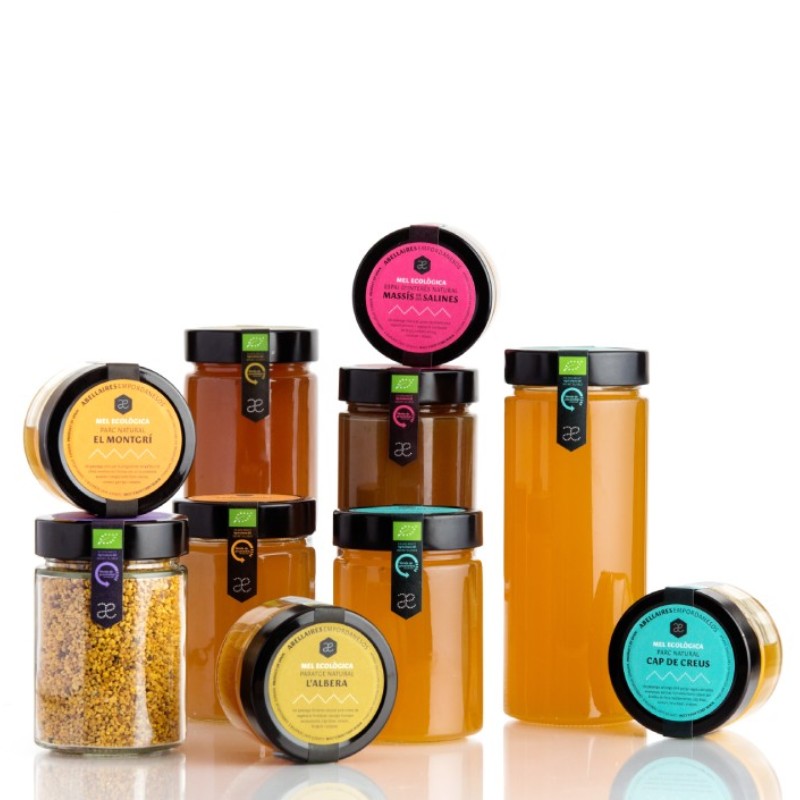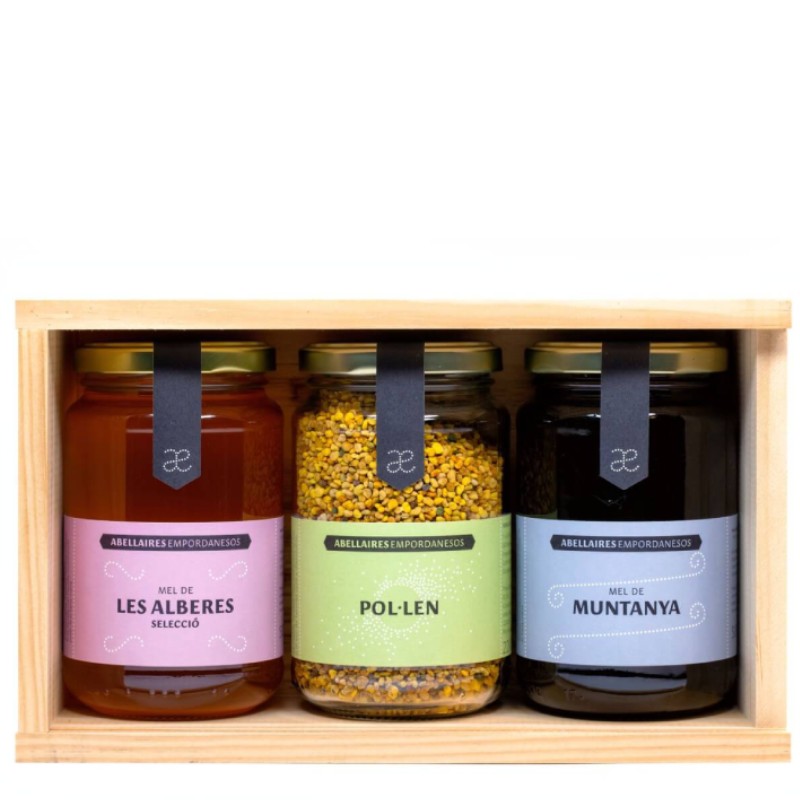Honey bees visit hundreds of flowers, sucking up tiny drops of nectar that they store in their stomachs, where it mixes with enzymes to break down the sugars.
When returning to the hive, they transmit the nectar to other bees which, through the ventilation maneuver, evaporate the water contained. After repeating this process for about twenty minutes, it is deposited in the cells of the honeycombs, where it continues to ripen until the humidity is lower than 18%, transforming into honey.
From nectar to honey: a laborious and patient process.
Each honey-filled cell is sealed with wax, called an opercle, ensuring its stability. This sealed honey is preserved in optimal conditions for consumption for many years. From here, the beekeepers begin the process of harvesting and combing the honey.
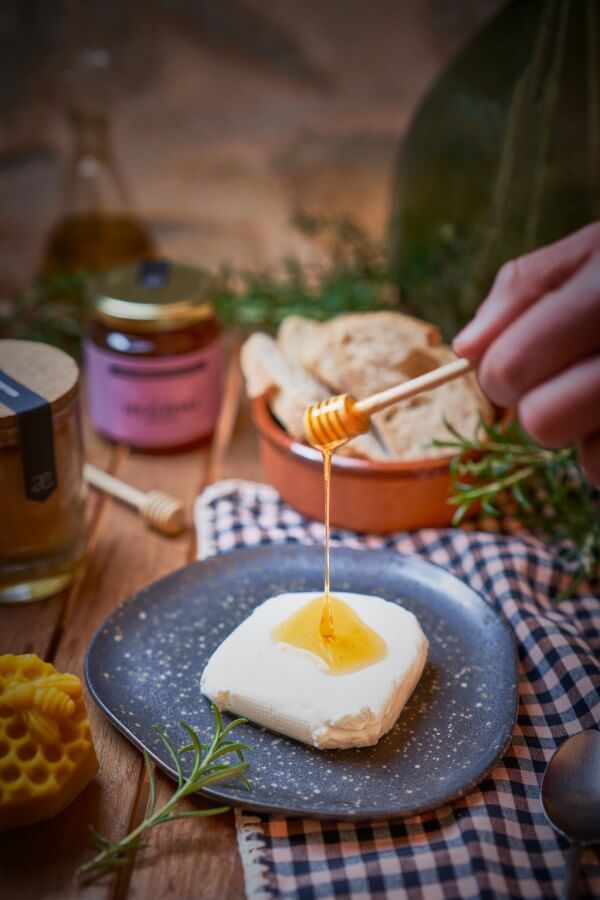
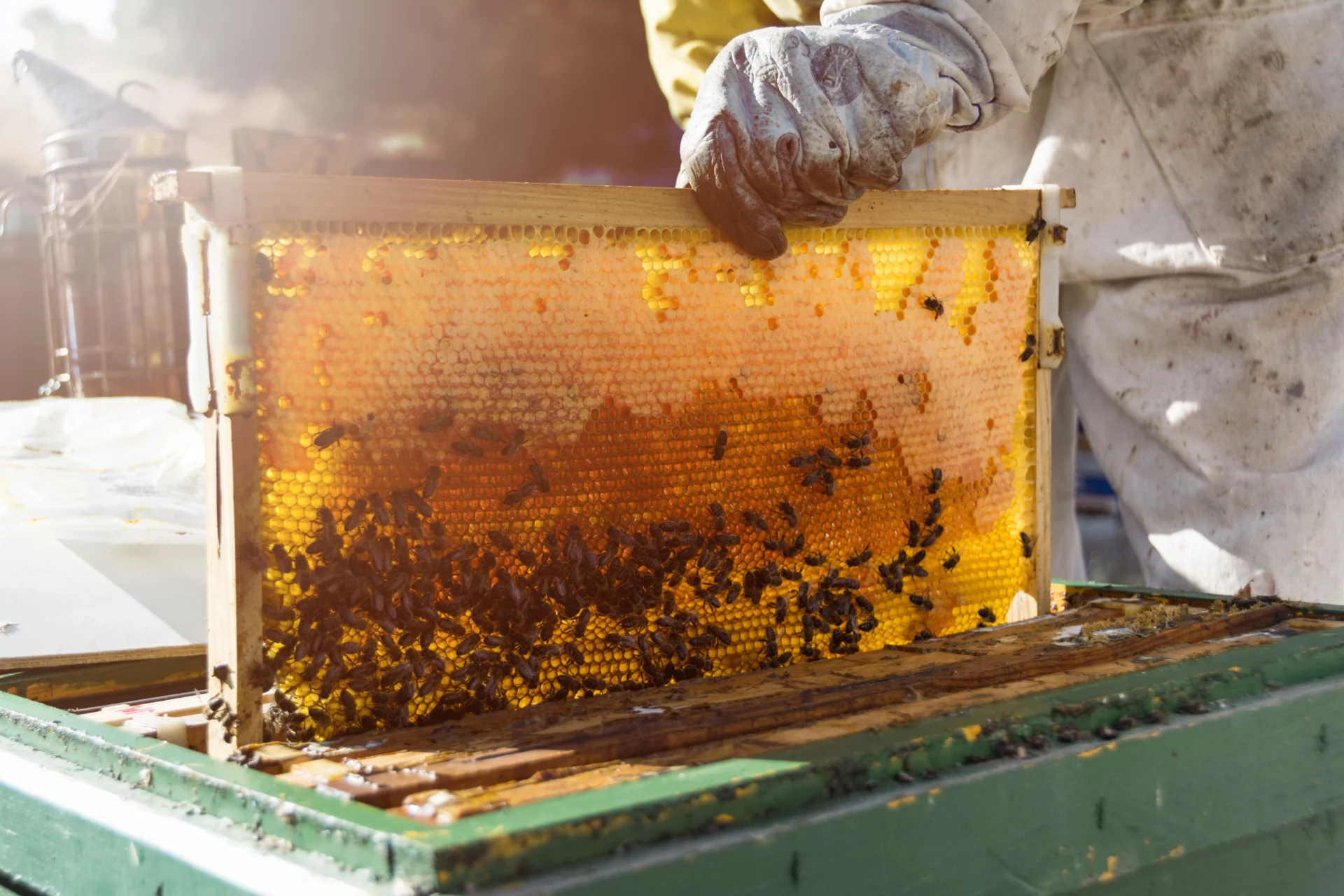

We highlight
Properties
Honey is a healthy food, rich in nutrients and beneficial for health. Its energy contribution is remarkable for the functioning of the body.


